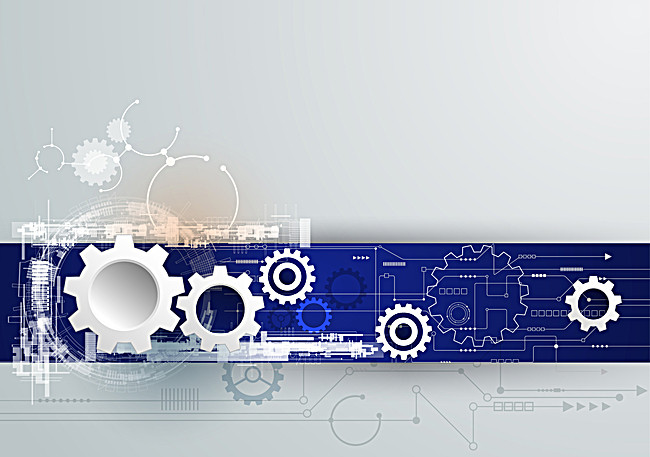The Advantages of Blockchain Agriculture
by Miles Warren
August 27,2021

The future of agriculture is found in the bright future of the Blockchain. Blockchain refers to the technology on top of the Internet, like the ledger system that keeps track of digital assets such as money and software. The promise of this technology lies in its ability to transform the way we do farming by allowing a more inclusive and democratic approach to farming. The use of farm grade equipment can be made more accessible to the small-scale farmer, who has been left out of the traditional food supply chain. The future of agriculture is found in the bright future of the Blockchain. Blockchain refers to the technology on top of the Internet, like the ledger system that keeps track of digital assets such as money and software. The promise of this technology lies in its ability to transform the way we do farming by allowing a more inclusive and democratic approach to farming. The use of farm grade equipment can be made more accessible to the small-scale farmer, who has been left out of the traditional food supply chain.
This new Internet-based agricultural supply chain model has the potential to make good on promises such as eliminating the financial incentives that have kept farmers locked into the traditional vertical farming methods for decades. This system also has the power to open new markets for farmers, opening up previously inaccessible distribution channels for them. With the widespread use of mobile devices, the ability to send real-time information about farmers' fields to anywhere in the world has become an integral part of this emerging new market.
The transparency that will come from the adoption of the Blockchain model of agriculture is truly staggering. The transparency of the supply chain will allow consumers to track the health and safety records of the farmers they are buying food from, ensuring that you only buy food that you know is safe to eat. The lack of transparency that currently plagues the food supply chain can deter consumers from buying organic agriculture products, making the system ineffective at its purpose.
In addition to encouraging consumers to demand healthier products, the power of this new system of online agricultural communication can also spur the growth of small-scale farmers. The access to information and communications technologies that are needed for the cultivation of the latest crops makes it possible for the development of families and rural communities that were traditionally marginalized by the agricultural sector. The widespread use of smartphones, mesh networks and encrypted messaging makes it possible to share videos of field work or images of field machinery, providing a venue through which rural communities can take their place in the global food chain.
This widespread connectivity makes it possible for the transfer of data from one agricultural location to another, allowing the transfer of biological resources, agricultural inputs and fertilizers. The blockchain technology that underlies the agri blockchain system allows the transfer of digital assets such as fertilizers, seeds, land management information, livestock feeds and other forms of intellectual property, eliminating the need for middlemen and reducing costs associated with cross-contamination. Through this method of agricultural financing, farmers can access information about the nutritional value of their food at any time, making it possible for them to better optimize the production and marketing of their crops.
The extensive use of the Internet and smartphones has created an environment where the distribution of information is instantaneous and profitable. By creating a real-time, distributed ledger, farmers can use the power of the Web and their smartphones to improve their food supply chain and increase their income by improving the conditions of the food they sell. The distributed ledger connected to the agri-chain system allows the transfer of data, services and information at a minimal cost. The cost savings come from lower transaction fees as well as lower costs associated with cross-selling and marketing. By using the power of the Internet and smartphones, farmers are able to improve their food supply chain by improving the conditions of the food they sell. Through the use of the agri-chain and the distributed ledger, farmers are able to improve their food supply chain by improving the conditions of the food they sell.
Through the development of the agri-chain, the agricultural industry is able to gain access to information at a faster and cheaper rate. The ledger allows for the exchange of real-time farming information, facilitating the exchange of information on agricultural products between wholesalers, retailers and producers. Using this technology, the agricultural industry is able to improve its food supply chain by reducing errors and streamlining the food supply chain.
The advantages of the distributed ledger are not limited to its ability to cut down processing costs and improve the efficiency of the food supply chain. The distributed ledger also reduces the costs associated with fraud and embezzlement. By improving the conditions of the food supply chain, farmers are able to improve the health and safety of the consumers. The adoption of the smart agriculture will benefit farmers in a large way, resulting in higher income.
